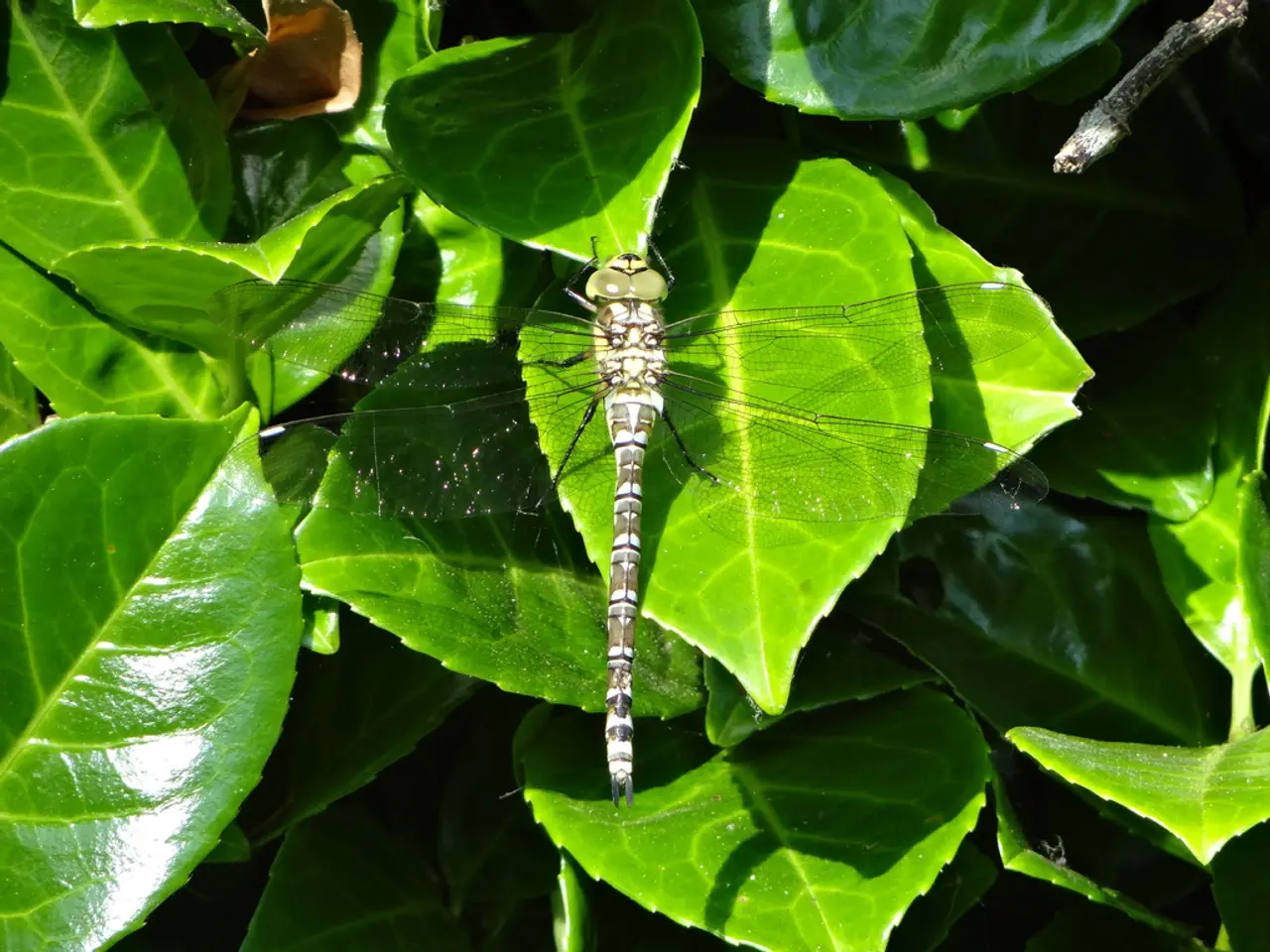China Declares War on Chikungunya Virus: Understanding Its Potential Perilousness
Chikungunya Outbreak in Guangdong, China: A Battle Against the Mosquito-Borne Virus
In a significant public health challenge, Guangdong Province in China is grappling with its largest-ever reported Chikungunya epidemic. Over 8,000 cases have been confirmed primarily in Foshan City, making it a critical moment for the region.
The name Chikungunya, derived from a Kimakonde word meaning "that which bends up," aptly describes the distorted posture of those suffering from the disease due to joint pain. The virus, transmitted by Aedes mosquitoes, is causing fever, rash, fatigue, and debilitating joint pain in thousands of people in Guangdong.
To combat the outbreak, Guangdong authorities have implemented a multi-faceted strategy. This includes the use of larvae-eating fish to reduce mosquito larvae populations, drones for mosquito surveillance and fogging to locate and eliminate breeding sites, and fines on households and properties with standing water, a mosquito breeding ground.
In addition, community isolation and enforced inpatient care for infected individuals are being enforced to limit virus transmission. Insecticide-treated window screens and bed nets are being installed in patients' rooms, with residual repellents applied in living spaces. Targeted adulticide spraying and systematic elimination of mosquito breeding sites within a 100-meter radius of confirmed cases' residences, workplaces, and frequently visited locations are also part of the strategy.
Household-level inspections and legal enforcement of vector control measures, reminiscent of COVID-19 containment strategies, are being carried out. Active case detection combined with differential diagnosis to distinguish Chikungunya from dengue and other febrile illnesses is also being implemented. Real-time vector surveillance indices like the Breteau Index are being used to monitor and optimize mosquito control effectiveness.
Health officials in Guangdong are also fogging streets and parks and searching for stagnant water where mosquitoes breed. People who test positive for Chikungunya are being forced to hospitalize to isolate themselves.
The U.S. Centers for Disease Control and Prevention has issued a notice for travelers to Guangdong, urging them to exercise precautions including mosquito repellent and vaccination. The disease, first detected in 1952 in Tanzania, has been reported in over 110 countries since 2004, with outbreaks typically found in Africa, southeast Asia, and South America. So far this year, there have been roughly 240,000 cases of Chikungunya and 90 deaths from the virus, mostly in South America.
While Chikungunya is rarely fatal, the lack of immunity in the Chinese population justifies the aggressive measures being taken to control the outbreak. The disease is not widely used or available in vaccines, and there is no specific treatment in China. The U.S. gets a handful of cases most years, mostly in returning travelers, with no locally acquired case since 2019. La Reunion, an island in the Indian Ocean, has reported nearly 50,000 cases so far this year.
Climate change and increased global travel are contributing to Chikungunya's growing footprint. As the battle against the virus continues in Guangdong, the world watches with hope that the measures taken will successfully curb the outbreak and prevent further spread within Guangdong and neighboring regions like Hong Kong and Macao.
[1] World Health Organization. (2021). Chikungunya. Retrieved from https://www.who.int/news-room/fact-sheets/detail/chikungunya
[2] Centers for Disease Control and Prevention. (2021). Chikungunya. Retrieved from https://www.cdc.gov/chikungunya/index.html
[3] Guangdong Health Commission. (2021). Guangdong reports largest-ever chikungunya outbreak in China. Retrieved from https://en.gdhc.gov.cn/news/2021-07/15/c_142215198.htm
- In the face of the growing threat of Chikungunya's spread, various organizations are examining potential ESG investments in innovative health-and-wellness solutions that could contribute to mosquito control and disease prevention, such as genetically modified mosquitoes or advanced chemical-free methods.
- As the mitigation strategies against Chikungunya require significant financial resources, the Chinese government could consider providing tax credits to individuals and businesses contributing to the control efforts, thereby encouraging active participation in the fight against the virus and incentivizing sustainable solutions.




